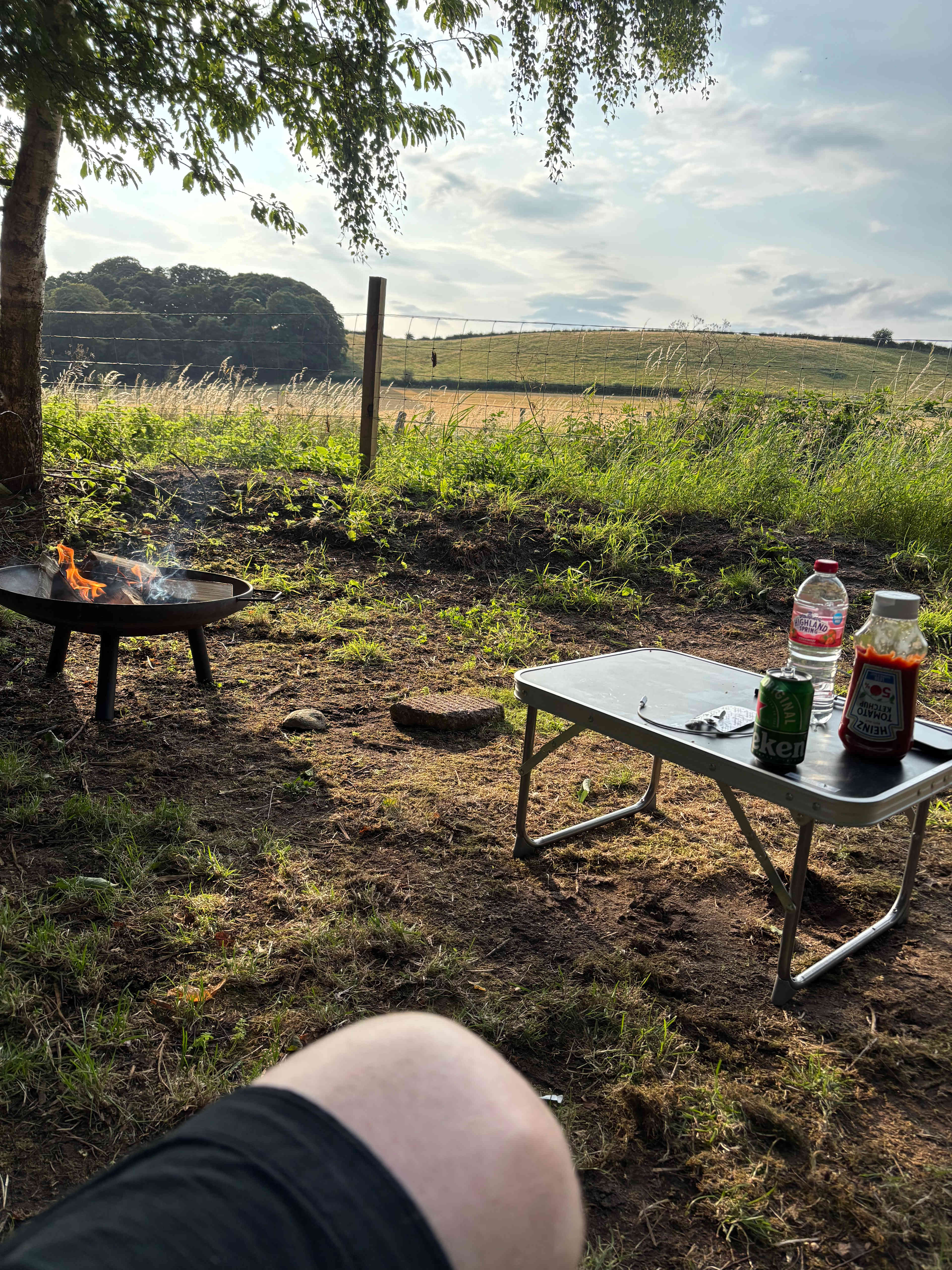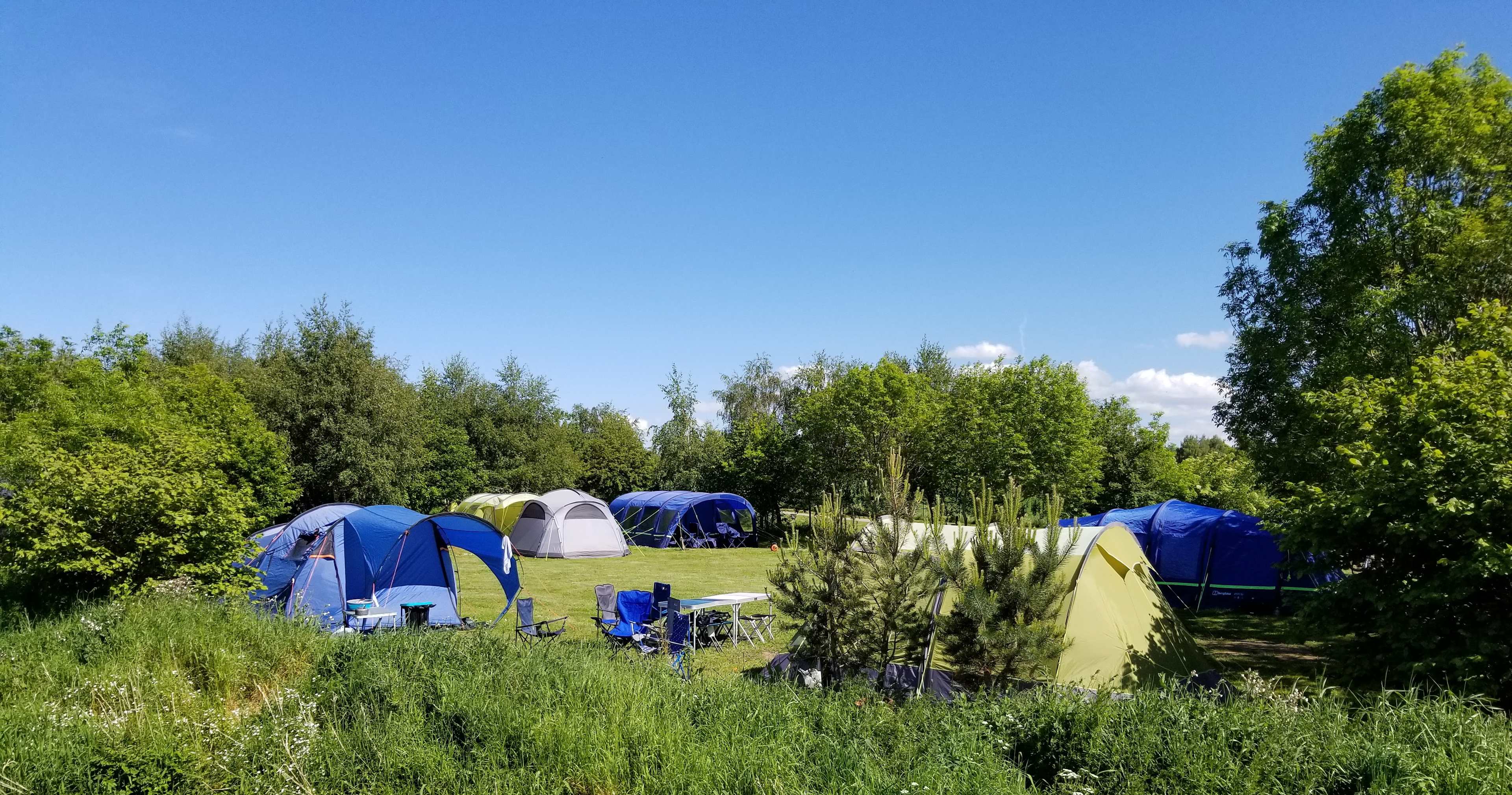Stories from the community





Campsites with fishing in Moray guide
Where to go
Moray Coast
Moray gives its name to Scotland’s largest coastal inlet, the Moray Firth, and the region’s seaboard reaches from Cullen to the east nearly to Nairn in the west. With its sandy beaches, craggy cliffs, dolphin-watching, and fishing harbours, this 50-mile stretch, is threaded by the Moray Coast Trail. Big campsites hog the coast, while more private sites can be found just a bit further inland.
Speyside
Speyside is the most famous region in Moray—and it’s among Scotland’s most well-known regions, thanks to the abundance of single malt whisky distilleries dotting the banks of the River Spey. Discover the river and the distilleries cycling via quiet country lanes and the Speyside Way long-distance trail, which leads from the coast near Buckie up into the Cairngorm Mountains.
Glenlivet, Tomintoul & Strath Avon
The River Avon (and the broad valley in which it sits, Strath Avon) cuts south from its confluence with the River Spey via the Glenlivet Estate and hiking trailhead village Tomintoul. Beyond, as the valley climbs into mountainous Cairngorms National Park, it’s a wild camper’s delight—and there are bothies (wilderness huts) too. Epic trails pass through: the Speyside Way, and a great back route onto Britain’s sixth-highest peak, Cairn Gorm.
Ladder Hills
This bare spread of hills is so called because of the Ladder Pass, an ancient route connecting Moray and Aberdeenshire to the east. This lonely location was once a refuge for Catholics escaping the Scottish Reformation and later for illicit distillers and whisky smugglers to operate, but today it’s solitude-seeking hikers who are drawn here. The Glen Nochty and Glen Ernan areas have good riverside locations for wild camps.


